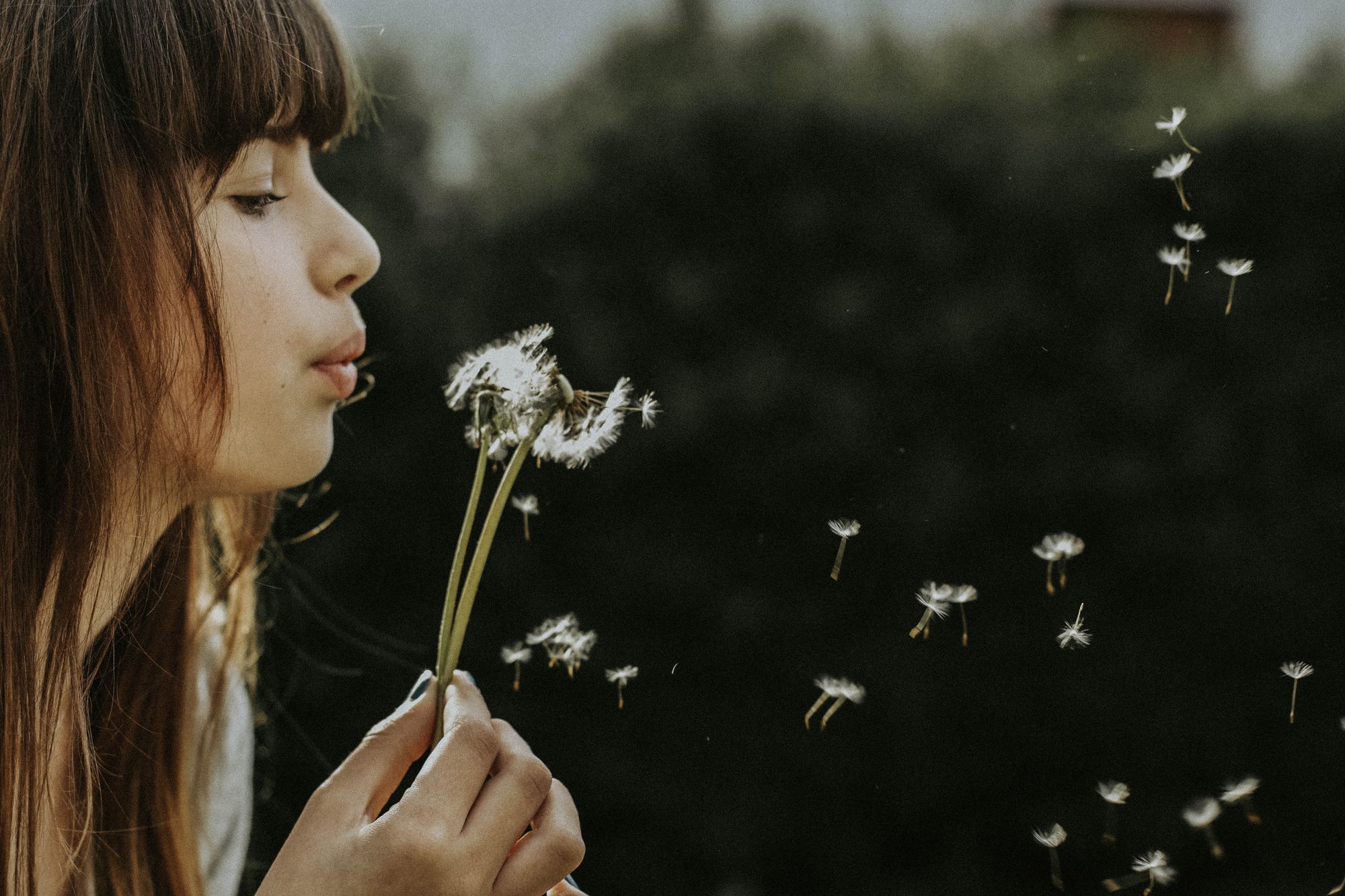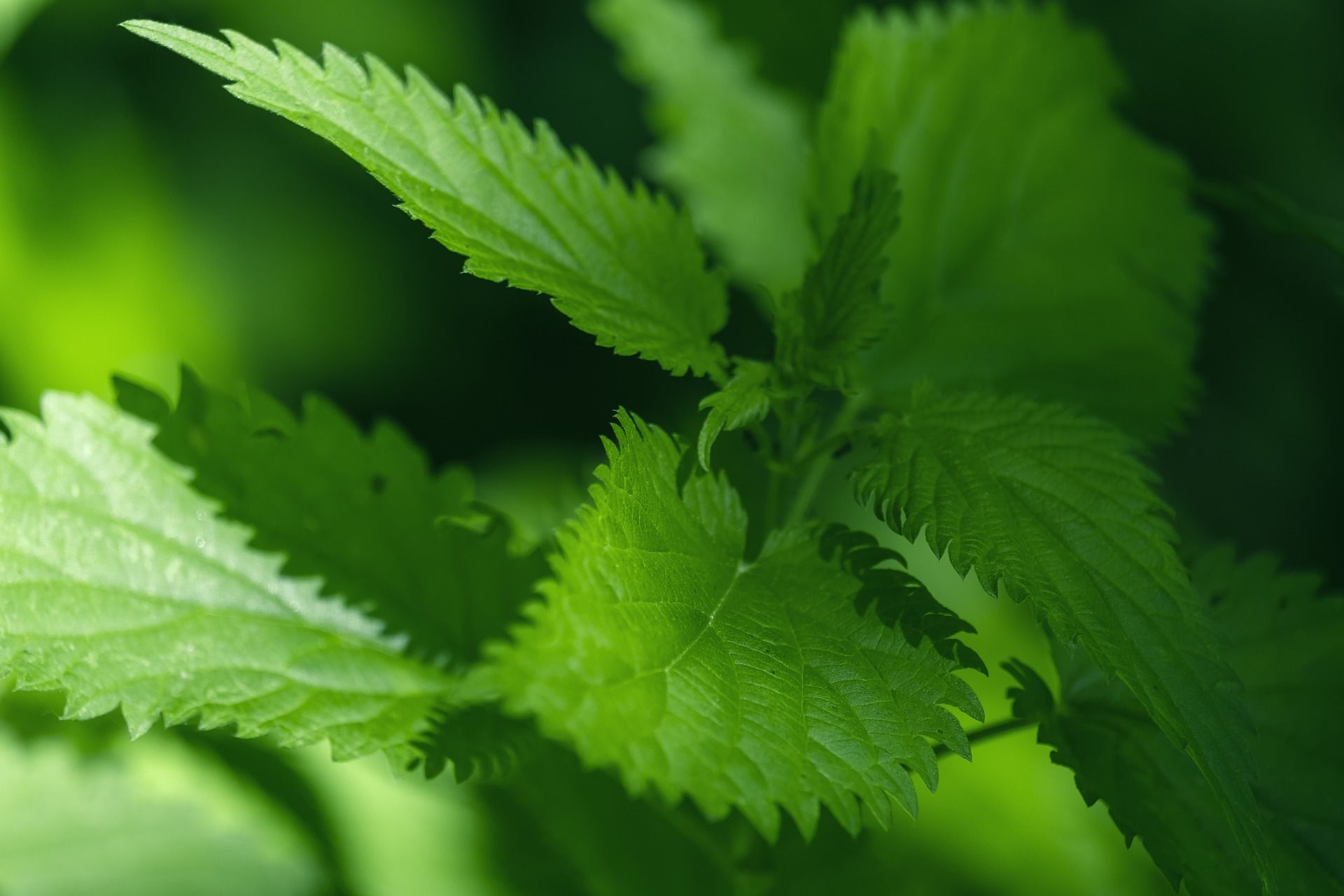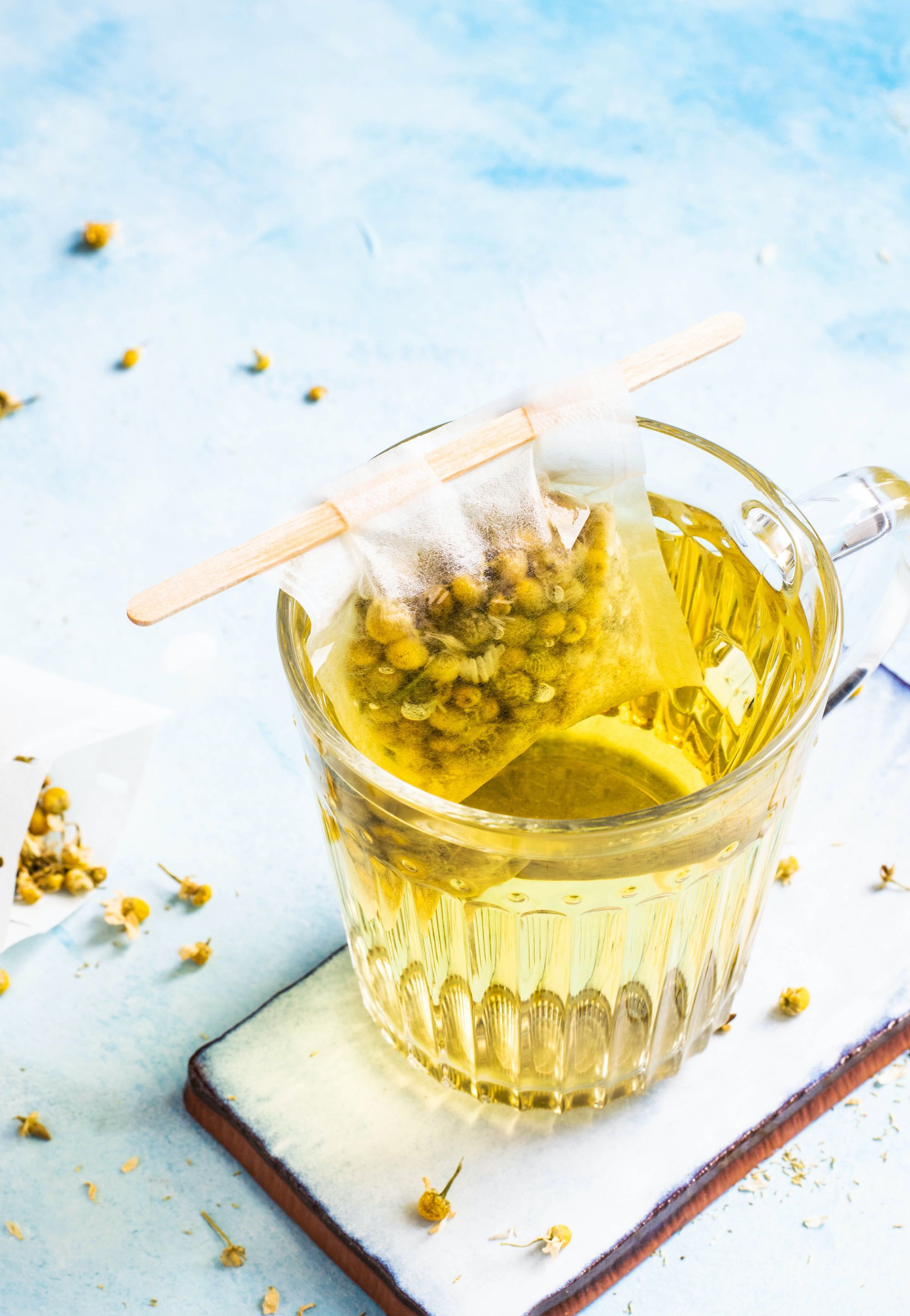
Hayfever affects millions of people. The symptoms of this seasonal condition range from constant sneezing to itchy and sore eyes and can be uncomfortable and debilitating. And yet it doesn't have to be this way! Prevention and preparation for the hayfever season using a drug-free, holistic approach can make a difference. Harnessing the power of plants and nature's medicine cabinet of medicinal herbs from camomile to nettles is the smart way to go writes our guest medical herbalist, Emma Barker MNIMH.
The Power of Immune-Boosting Herbal Teas
As a hay fever sufferer myself, I have found that preparation often leads to better success when trying to combat the effects of pollen allergies. Whilst I have written here about ways to tackle symptoms directly, taking herbs in the run-up to the hay fever season helps to reduce the severity of symptoms as it primes the immune system in preparation as to what’s to come, facilitating better responses. I would recommend drinking immune-boosting teas from as early as the end of February, if not before. I have a loose-leaf tea mix that I make myself that combines Plantain, Nettle, Elderflower and Yarrow, but drinking shop bought teas with the same ingredients will also help. You will find nettle tea in most health food shops.
Nettles - Rich in Natural Histamine

So let’s then start with Nettle, as it is easy to source and cheap to buy – if not free when you pick your own! This plant contains natural histamine which is a key player in allergic responses and the amine responsible for many of those familiar symptoms of hay fever. Therefore, drinking Nettle tea can help block this histamine activity and reduce the severity of your symptoms. You can make your tea with fresh spring nettles, picking just the very top tips of new growth, 4-5 leaves off each stem and cover with hot, but not boiling water, or alternatively, you can make it from dried nettle or use shop-bought tea bags.
A Handy Tip - Make Your Tea in a Cafetiere
Useful tip - Whether you are making your herbal teas from fresh herbs, dried loose herb, or using shop bought tea bags, brew it either in a teapot or in something with a lid. I use a cafetiere that I keep just for herbal tea as it catches most of the plant bits as you pour and is less messy than using a teapot. If brewing in your cup or mug, cover with a saucer or coaster. By doing this you stop any volatile oils present in the plant from being evaporated off, many of which have additional health benefits.
Flower Power with Camomile

Chamomile is another plant that many of you may be familiar with and could have growing in your garden. If not, why not grow your own? It is easy to grow and does well in containers and window boxes as well if you don’t have much outdoor space. This is another fantastic natural antihistamine and can be taken in the same way as nettles, as a herbal tea either from the fresh plant or dried flowers. Ideally, the flowers should be picked on the day they open, as this is the point at which the plant's active constituents are at their highest levels, however, any fresh flowers you can find will be fine also.
A Brilliant Use for Cold Tea Bags
Chamomile is also a great anti-inflammatory and can be used externally to soothe sore skin conditions. You can use cold Chamomile tea as an eyewash for sore weepy eyes or I have found a great use for used tea bags. After making your Chamomile tea let the bags cool, leave it quite moist, seal it in a sandwich bag or small tub and place it in the fridge. The next time you hay fever strikes and your eyes are sore and watering, grab your chilled tea bags out of the fridge and place them on your eyes like cucumber slices in a spa. It instantly cools and soothes, plus stimulates tissue repair to help you get those horrible itchy and puffy eyes back to some sort of normality.
The Folkore Benefits of Elder
Steeped in folklore and called ‘the medicine chest of the country people’ due to its huge list of health benefits, the Elder certainly has a lot to offer. It is a great decongestant and so helps with those respiratory symptoms we associate with hay fever, plus it helps regulate the immune response so helps to reduce many of those other nasty effects we see in hay fever sufferers. Just as with the Nettle and Chamomile, one of the easiest ways of harnessing this plants power is to make it into a simple infusion. If you are confident in your plant identification skills and go flower harvesting yourself, please leave some flowers behind to transform into berries in the autumn as we will need these for the winter cold and flu season. In the same way as Chamomile, Elderflower tea can also be used externally on the skin too.
Soothing Plantain - The famous Wound Healer

The final plant that I wanted to talk to you about is Plantain, also known as ribwort. There are several species of this plant that herbalists use interchangeably, the most common being P. major and P. lanceolata. One has short, rounded leaves and the other long and slender, almost grass-like type foliage. It typically grows in lawns, verges, and wasteland so I’m guessing that there is probably some growing quite close to you, even in the city. This plant is cooling and soothing both internally and externally with its amazing mucilaginous qualities, meaning that it coats surfaces in a protective film, whether that be the internal mucous membranes of the respiratory and digestive systems or externally on the skin. It is historically famous as a wound healer and one that I refer to as natures plaster.
Good for Insect Bites and Blisters Too
The described actions of this plant make it a great choice when looking at battling hay fever symptoms, but it is also very good for insect bites, cuts and stings. Apply bruised leaves of this plant to the affected area or make and apply a spit poultice by chewing up a few leaves first and Plantain’s demulcent, antiseptic and anti-inflammatory constituents will get to work. Alternatively stick a few leaves in your sock if you get a blister when you are out walking. Such a useful little plant often passed by without a thought.
Reconnecting You to Nature

There are many, many herbs that can be used for hay fever and its symptoms, but I have purposely written about plants that I think the majority of you will have some kind of access to, as I am keen to reconnect people with nature and teach them how to utilise the abundance of plant medicine we have growing around us. However, whilst self-treatment will help relieve symptoms and simple health issues, for severe reactions or complex, ongoing health complaints please consult a professional medical herbalist or your general health practitioner.
How to Find a Medical Herbalist for Bespoke Support
Having a consultation with a herbalist will give you access to a bespoke herbal mix designed specifically for your individual needs. Whilst allergy sufferers often experience similar symptoms, the significance of each varies widely amongst patients and a herbalist has the knowledge to best match you to the herbs that will benefit you the most. Plus, they have access to a wider range of quality natural solutions that you may have difficulties sourcing, or not be able to purchase elsewhere. They have the expertise and knowledge to nurture and support you through your journey back to good health. To find a qualified herbalist near you look up the National Institute of Medical Herbalists webpage - Find a Herbalist - National Institute of Medical Herbalists - National Institute of Medical Herbalists.
So beat those summer sneezes with herbs and plant power!
Support The Luminaries Magazine - An Exciting World of Storytelling and a Sense of Community
We hope you have enjoyed this useful and inspirational medical herbalism natural health story. We are an entirely independent arts and culture magazine supported by our readers and independent responsible businesses. Become a supporter and subscriber today.
Subscribe as a reader here. Or contact us for our responsible luxury business club subscription rates.






